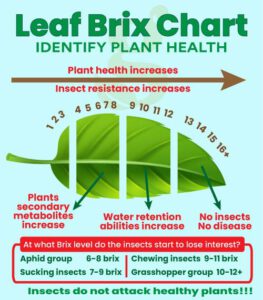
Brix in relation to crop health and quality
Brix in relatie tot gezondheid en kwaliteit van gewassen. De zoete wetenschap van Brix. Brix in relatie tot gezondheid en kwaliteit van gewassen. Brix-waarde verwijst
More yield from better quality
All in just 5 products
25+ years of fertilizer experience
Better and cheaper
Easy to use
Tap water's hardness can vary greatly depending on where you live and can be categorized into soft, medium, hard, and even very bad water. You can determine what type of water is coming out of your tap by measuring it with an EC meter. You can also check the website of your local water supplier. But the connection to the EC meter is mandatory, especially if you want to deal with it.
Gen1:11 products give you complete control over any water composition.
With normal water!
If you are using water with a value of 0.4 EC to 0.6 EC, use Gen1:11 Solid Green and follow the feeding schedule. Be sure to increase the EC on the schedule by the EC of the water if it is higher than 0.4 EC. Around the 0.6 EC level, you are in a transition situation where it may be necessary to start using a combination of Gen1:11 Solid Green and Gen1:11 Solid Green Hard Water.
If you have soft water! Do you have soft water coming out of your tap? Are you using rainwater or filtered water with an EC of less than 0.4 EC? Then use Gen1:11 Gen1:11 CalMag to increase it to an EC value of 0.4 EC. To do this you should use an EC meter. Then continue with the growth schedule and use the Gen1:11 Solid Green.
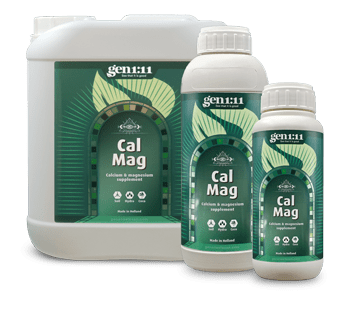
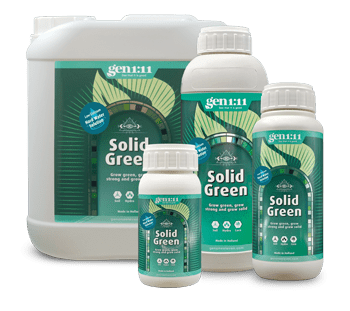
For Hard Water For hard water with an EC of 0.7, use Gen1:11 Solid Green Hard Water. Again, if the EC is around 0.6, it may be necessary to use a combination of Gen1:11 Solid Green and Gen1:11 Solid Green Hard Water.
For extremely hard or even bad water Extremely hard/bad water with more than 0.8 EC often contains other salts and chlorides in addition to the minerals calcium, magnesium and iron. Sodium and chlorides are not the elements you want to feed your plants. We recommend that you filter this water first. Osmosis filtration is the best option. After filtration, the water will have an EC of about 0.1 EC. This depends on the quality of the filtration system used. But the EC level should be lower than 0.4 EC. Now raise the EC of the filtered water to 0.4 EC with Gen1:11 CalMag. Then follow the growth schedule and use Gen1:11 Solid Green.
Your plants will tell you if they are having a good time or not. Keep an eye on your plants. Pay close attention to your plants for signs of nutritional imbalance, toxicity, or deficiency. Symptoms such as leaf discoloration, burned leaf tips, or poor or stunted growth may indicate problems. If young and new leaves turn yellow, there is almost certainly a calcium deficiency.
Wat te doen bij een tekort?
Sometimes it is necessary to get a quick reaction first. In this case, make a spray of Gen1:11 Solid Green. Mix 1 - 2 ml per liter with tap water. Spray the plant from top to bottom with a fine mist. Do not do this in full sun/light or when plants are in full bloom. Then correct your irrigation practices to prevent further problems.
For soft water: Gebruik Gen1:11 CalMag om het startwater te verhogen tot een EC van 0,4 EC. Gebruik een gekalibreerde EC-meter voor een nauwkeurige meting.
For hard water: If using Gen1:11 Solid Green Hard Water alone. Use a combination with Gen1:11 Solid Green to increase calcium levels. Or, if you are already using a combination of Gen1:11 Solid Green and Gen1:11 Solid Green Hard Water. Increase the ratio between Gen1:11 Solid Green and Gen1:11 Solid Green Hard Water.
With normal water calcium/magnesium deficiency does not usually occur. It only occurs if the schedule is not followed properly, which can cause deficiency. Or if a nutrient exclusion has occurred due to excessive nutrient concentration as a result of overfeeding. Make sure you use a calibrated EC meter to measure correct EC levels.
Other Causes of Calcium Deficiency!
Calcium is an immobile element and is transported through the plant by respiration processes. Providing the proper airflow, humidity and temperature allows this process to work optimally. If it is not optimal, the process will slow down or even come to a complete halt. The result is a deficiency of immobile elements such as calcium and iron. Improper pH levels and nutrient imbalances are also causes that can reduce calcium absorption. Calcium deficiency is one of the most common deficiencies during growth. So it is important to get it right for the best results.


Brix in relatie tot gezondheid en kwaliteit van gewassen. De zoete wetenschap van Brix. Brix in relatie tot gezondheid en kwaliteit van gewassen. Brix-waarde verwijst
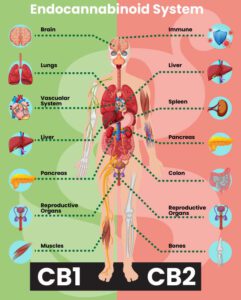
Het endocannabinoïde systeem begrijpen Een korte handleiding voor CB1- en CB2-receptoren Het endocannabinoïde systeem (ECS) speelt een fundamentele rol bij het reguleren van verschillende fysiologische
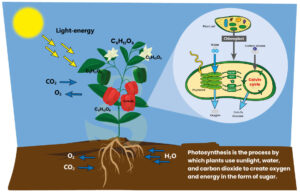
Photosynthesis Photosynthesis is the process by which green plants, algae and some bacteria convert light energy into energy in the form of glucose. This process mainly takes place

7 handy tips to prepare for the new garden season Gardening tasks when the spring jitters strike: Spring is a time of renewal and
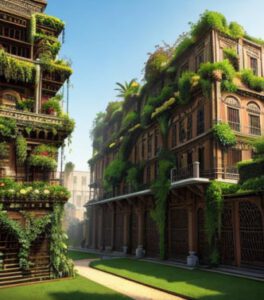
The development of hydroponic fertilisers through the ages The history of hydroponics is a story of innovation and perseverance, rooted in the quest of the
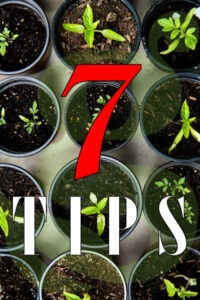
Creating a successful indoor grow involves more than just light and water. Here are 7 tips to boost your indoor garden.
Brix in relatie tot gezondheid en kwaliteit van gewassen. De zoete wetenschap van Brix. Brix in relatie tot gezondheid en kwaliteit van gewassen. Brix-waarde verwijst
Het endocannabinoïde systeem begrijpen Een korte handleiding voor CB1- en CB2-receptoren Het endocannabinoïde systeem (ECS) speelt een fundamentele rol bij het reguleren van verschillende fysiologische
Photosynthesis Photosynthesis is the process by which green plants, algae and some bacteria convert light energy into energy in the form of glucose. This process mainly takes place
7 handy tips to prepare for the new garden season Gardening tasks when the spring jitters strike: Spring is a time of renewal and
The development of hydroponic fertilisers through the ages The history of hydroponics is a story of innovation and perseverance, rooted in the quest of the
Creating a successful indoor grow involves more than just light and water. Here are 7 tips to boost your indoor garden.
Home » How to feed you plants with Hard Water

Because growing your own is a craft. It takes time, energy, focus, attention, maybe even love. At your own pace, in your own environment. You are the creator.